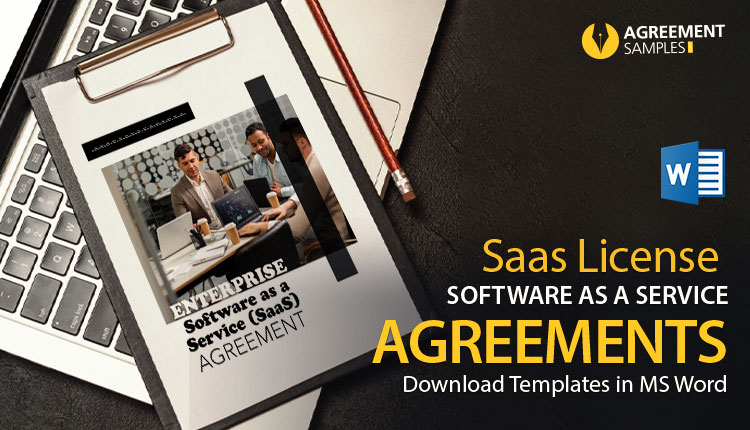Embark on an adventure of boundless innovation! Here, on this exclusive page, we unveil a treasury of Free SaaS Licenses – your tickets to a realm where creativity knows no limits. These licenses are not just keys; they’re gateways to a world where Software as a Service (SaaS) isn’t just a tool; it’s the very essence of fearless exploration. Welcome to a sanctuary where SaaS licenses don’t just signify access; they symbolize the spirit of groundbreaking creativity.
Join us as we redefine the significance of SaaS licenses – they’re not mere facilitators; they’re the architects of innovation, empowering you to push boundaries and unleash your most audacious ideas. Download your free templates today and start creating without limits! Each template comes with a professionally designed, fully customizable cover page and sample data that you can effortlessly replace to suit your unique needs. Transform your vision into reality with just a few clicks.
A SaaS license is your gateway to cloud-based software services, offering hassle-free access without traditional installations.
What Is a SaaS License?
More than just permission, it’s an agreement defining your use of cutting-edge applications, eliminating the need for costly infrastructure.
Key Features:
Explore the possibilities with SaaS licenses and unlock limitless potential today!
SaaS, or Software as a Service, isn’t just software—it’s a whole new way of using technology that makes life simpler and more innovative.
Here’s What Sets SaaS Apart:
SaaS is more than just technology—it’s about making tools that adapt to you, giving you the freedom to focus on what matters.
← Previous Article
Secure Your Business Deal with Free 10+ Purchase Agreements